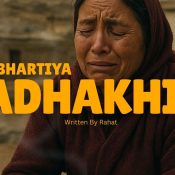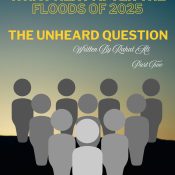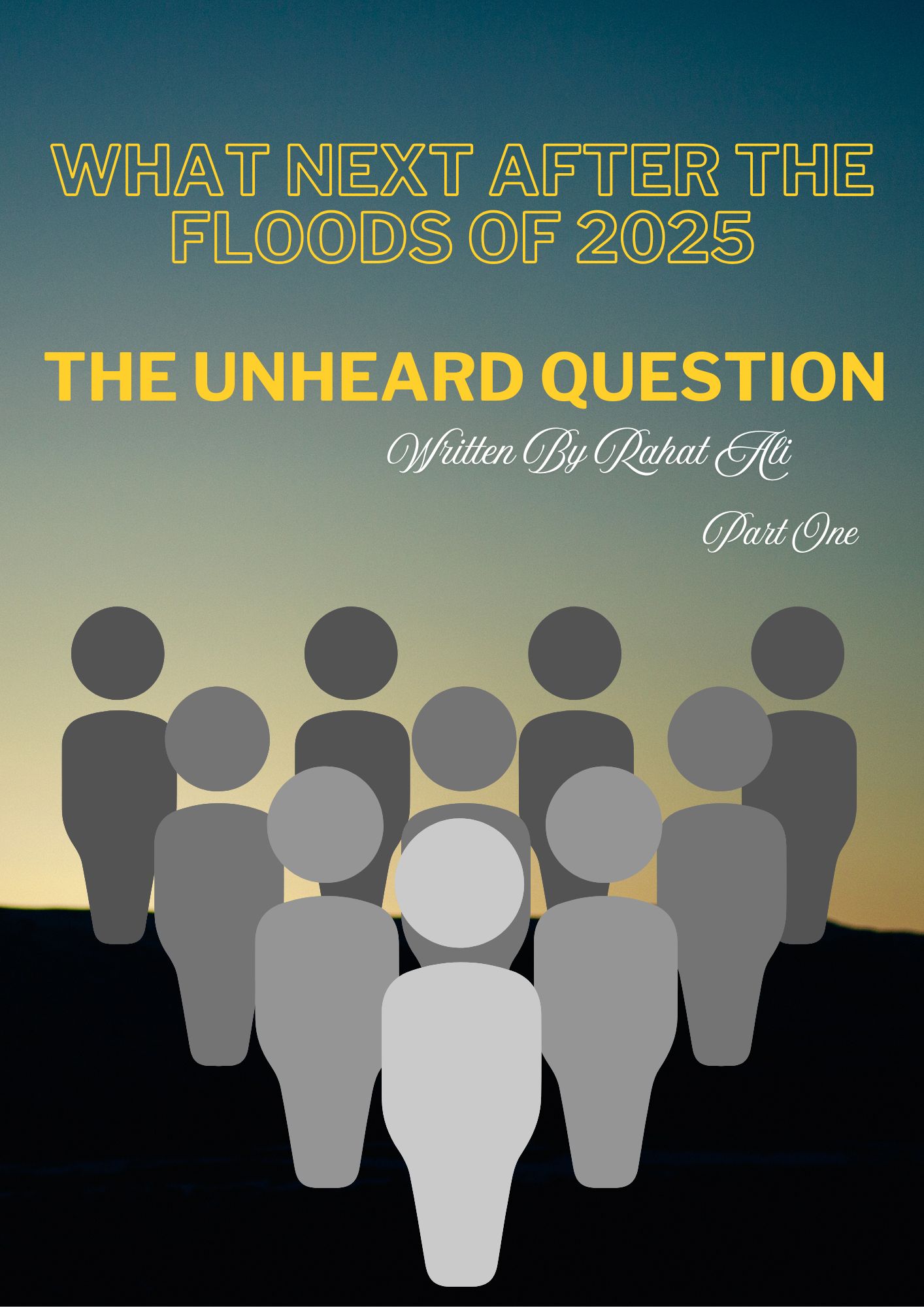
The Unheard Question: What Next After The Floods Of 2025
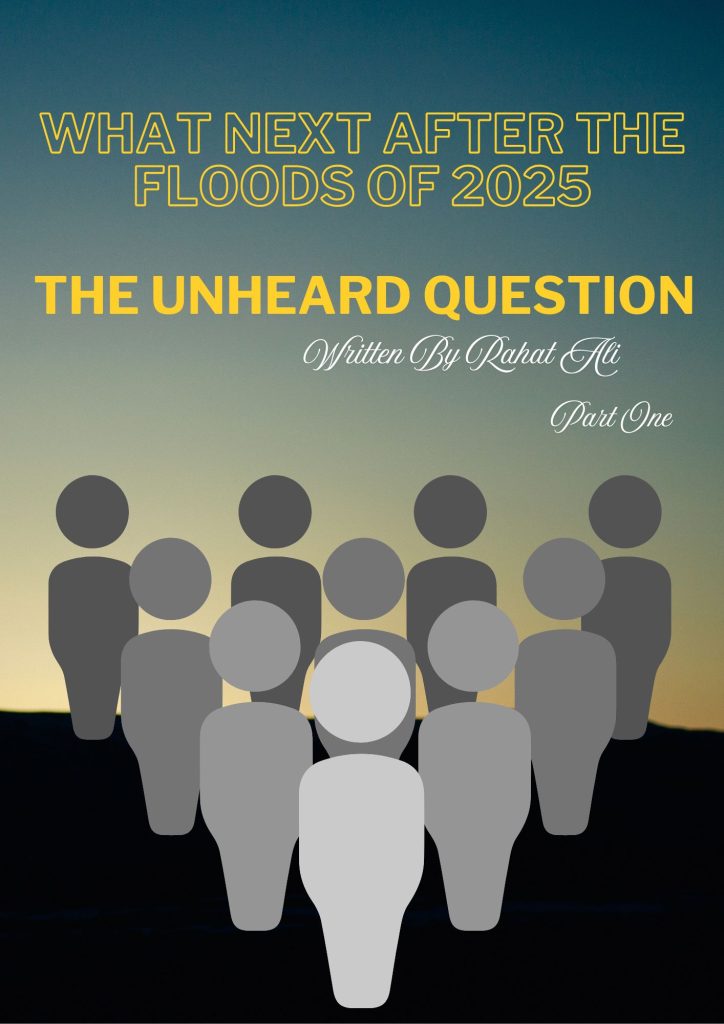
The Unheard Question: What Next After the Floods of 2025
Written by Rahat Ali
Published by: The Uncommon Stories of India
It began like whispers of rain in the summer of 2025, when the skies above Punjab, Jammu, Kashmir, Himachal Pradesh, and Uttarakhand opened their hearts not with kindness, but with rage. Monsoon clouds, swollen and unrelenting, gathered in dark armies across the Himalayas and plains, and what should have been the nurturing rhythm of nature turned into an unstoppable flood. Villages vanished under the weight of water, bridges collapsed, roads snapped like twigs, and life that had taken generations of sweat and labor to build disappeared in seconds.The pain was not bound to one district or one valley; it stretched like a scar across northern India. Punjab—green fields turned to muddy lakes. Jammu and Kashmir—villages buried under sudden landslides and rising rivers. Himachal Pradesh—homes carved into hillsides swept away like loose soil. Uttarakhand—temples and hamlets at the banks of holy rivers submerged beneath raging waters. Even the fringes of Haryana and Delhi, with Yamuna breaching its banks, could not escape. And in the silence after the roar of rain and river, came voices—of loss, of hunger, of grief, of survival, and above all, of the haunting question: what next?In Jammu, the heart of the pain beat strongest in villages like Mohar, Pragwal, Maggno chak, Katal Batal, Darmani, Dhingyali, Bhajalata, Peer Kho, Gorkha Nagar, and Gujjar Nagar. Forty souls from these communities were claimed by the waters. Entire families were reduced to photographs floating in the muddy current. When Home Minister Amit Shah visited Magno chak, the air was thick with cries that no leader could silence. Pragwal stood half-drowned, Mohar was scarred with mud-crusted ruins, and in Katal Batao the cries of children echoed as if the hills themselves were weeping.Punjab’s fertile heartland suffered no less. The floods did not spare Amritsar, Tarn Taran, Ferozepur, Fazilka, Pathankot, Gurdaspur, Kapurthala, Hoshiarpur, Rupnagar, Ludhiana, Moga, Sangrur, Barnala, Patiala, SAS Nagar (Mohali), Bathinda, Mansa, and Jalandhar. Wheat fields, once the pride of the nation, became waterlogged wastelands. Dairy farmers in Moga watched helplessly as cattle drowned, and homes in Ferozepur collapsed under the weight of water. Sangrur’s villagers sat on rooftops for days, waving at helicopters, holding tin plates as signals for food packets. Tarn Taran’s gurudwaras opened their doors to all, providing langar for thousands stranded. But food and shelter, though essential, could not fill the void of broken homes and shattered futures.In Himachal Pradesh, the story was written in landslides and mudflows. The once-bustling tourist towns of Manali, Kullu, Shimla, Dharamshala, Solan, Mandi, Kinnaur, Lahaul-Spiti, and Chamba turned into islands of despair. In Mandi, the Beas river swallowed entire stretches of road. In Kullu, families clung to trees as water rose overnight. In Shimla, where tourists once walked Mall Road carefree, silence replaced the laughter as hotels crumbled on unstable hillsides. Villages like Bhuntar and Aut in Kullu were buried halfway under debris. Kinnaur’s apple orchards—pride of generations—were washed away, leaving farmers staring at bare rocks where trees once bloomed. In Lahaul-Spiti, where life is already harsh, the floods carved valleys into wounds, cutting off roads and stranding hundreds in freezing isolation.Uttarakhand too cried out in pain. Holy towns and remote hamlets alike bore scars. The floods struck Uttarkashi, Rudraprayag, Chamoli, Pauri Garhwal, Tehri Garhwal, Almora, Nainital, and Haridwar. Villages like Dharali and Tharali were torn apart; Harsil’s bridges collapsed into the furious Ganga. Pilgrims in Haridwar, who had come to seek peace, instead found themselves battling for survival as water rose to swallow ghats and temples. Rudraprayag’s markets, filled once with the smell of prasad and incense, became unrecognizable under sludge. In Chamoli, mothers held their children on rooftops for days until rescue teams arrived. And across the hills, countless landslides buried paths and roads, leaving cries for help echoing unanswered.Jammu and Kashmir’s mountains told their own tale. Kishtwar’s Chosoti village, Rajouri, Poonch, Reasi, Ramban, Udhampur, Anantnag, Baramulla, and Srinagar outskirts were ravaged. In Kishtwar, homes were swallowed by sudden slides. Rajouri’s farmers, who had sown maize weeks earlier, returned to find their fields covered in silt. In Poonch, small children looked for books in the mud where their school once stood. In Reasi, temples and mosques both turned into shelters, uniting people in sorrow. Srinagar itself, a city of lakes and gardens, watched Dal Lake rise dangerously as families fled from low-lying neighborhoods.Even Haryana was not spared. Fatehabad, Sirsa, and Hisar saw waterlogging on scales unseen before, destroying cotton and rice fields. And in Delhi, Yamuna swelled, spilling into low-lying localities like Yamuna Bazar, Nigambodh Ghat, and Mayur Vihar Phase-I. Social media flooded with images of the Red Fort’s backdrop against waterlogged roads, of children wading waist-deep near Kashmere Gate.Through all this devastation, aid did come. Relief camps rose in schools, gurudwaras, temples, and mosques. People received food packets, medicines, and clothes from NGOs, government agencies, and strangers who became family in crisis. In Gurdaspur, langar kitchens fed thousands. In Jammu, Gujjar Nagar’s youth carried rations on their backs across broken bridges. In Uttarakhand, soldiers air-dropped essentials into Dharali. In Himachal, volunteers trekked landslide-covered trails to reach Lahaul’s stranded families. The resilience of people shone brighter than any government order.But amidst this relief, a question whispered louder than all: What next? Food could silence hunger for a night. Medicines could heal wounds. Temporary tents could shield against rain. But homes—homes built by decades of sweat, brick by brick, mud by mud—were gone. Can a packet of rice rebuild a wall? Can a tarpaulin replace the warmth of a room where three generations once sat together? Can sympathy bring back cattle, or books, or memories swept away?The people asked: Who do we blame? The father who worked day and night to build his house, only to watch it drown? The mother who saved her daughter’s dowry, hidden in trunks now lost to currents? Or the administration, who failed to reach villages disconnected from the world because bridges were washed away, telecom towers fell silent, roads vanished, and communication collapsed?Children from Dhingyali drew on wet walls with sticks, pretending their school still stood. Elders in Bhajalata sat silently, staring at the horizon where their fields had been. In Dharamshala, a man looked at the bare mountain where his orchard was yesterday. In Sangrur, women wept over drowned cattle. In Chamoli, pilgrims held torn photos of loved ones who never returned. In Poonch, a boy carried a soaked book of poems, whispering verses to himself, as though words might protect him from despair.The floods of 2025 were not just a natural disaster; they were a human catastrophe written across thousands of faces. And as relief trucks came and went, as leaders made promises on microphones, as journalists captured soundbites, the silence of survivors remained. For in their eyes, only one question lingered, waiting for an answer:
what next?
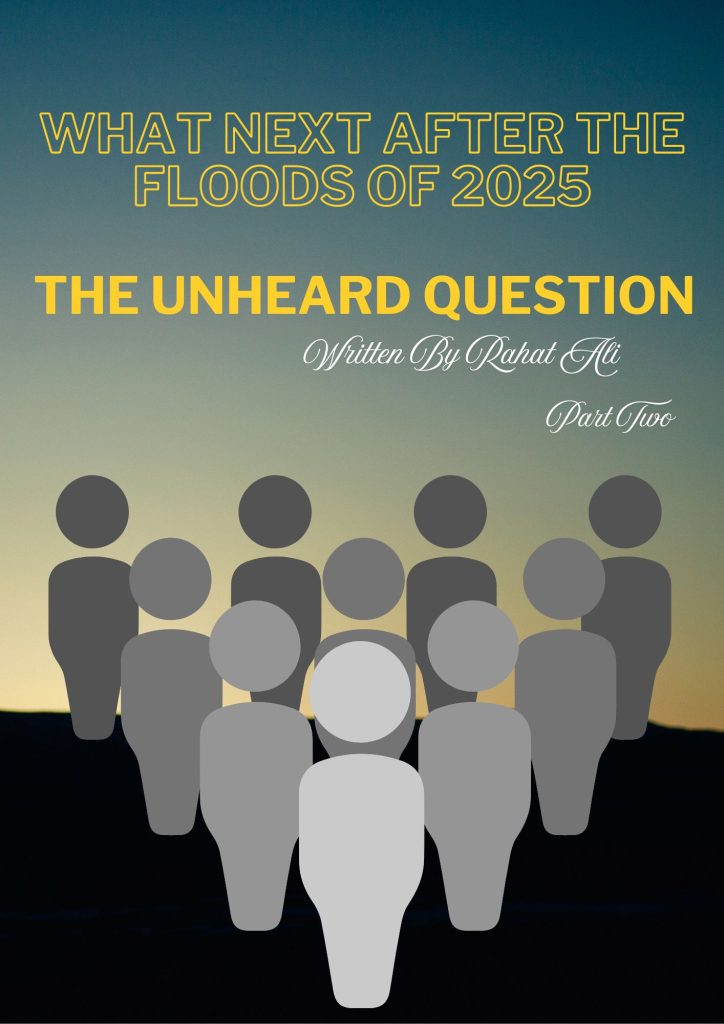
#WhatNextAfterFloods #UncommonStoriesOfIndia #Flood2025 #VoicesOfPain #RebuildHope #RahatAliWrites #TearsAndResilience #IndiaFloods #Punjab #Jammu #Kashmir #Uttarakhand #Himachal
All Categories
Recent Posts
The Bhartiya Ladhakhi:Echoes From The Roof Of The World
DOGRA’s
The Unheard Question: What Next After The Floods Of 2025 (Part 2)
07316984833
contactus@tucsi.org

